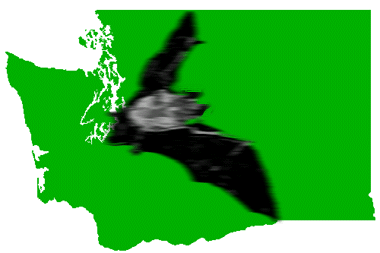- The clinical features of rabies (in humans and other animals)
- The epidemiology of rabies
- How to evaluate encounters with a potentially rabid animal
- Details about laboratory testing of animals in Washington
- Rabies prevention measures

Bats are the most commonly rabid animal in Washington state.